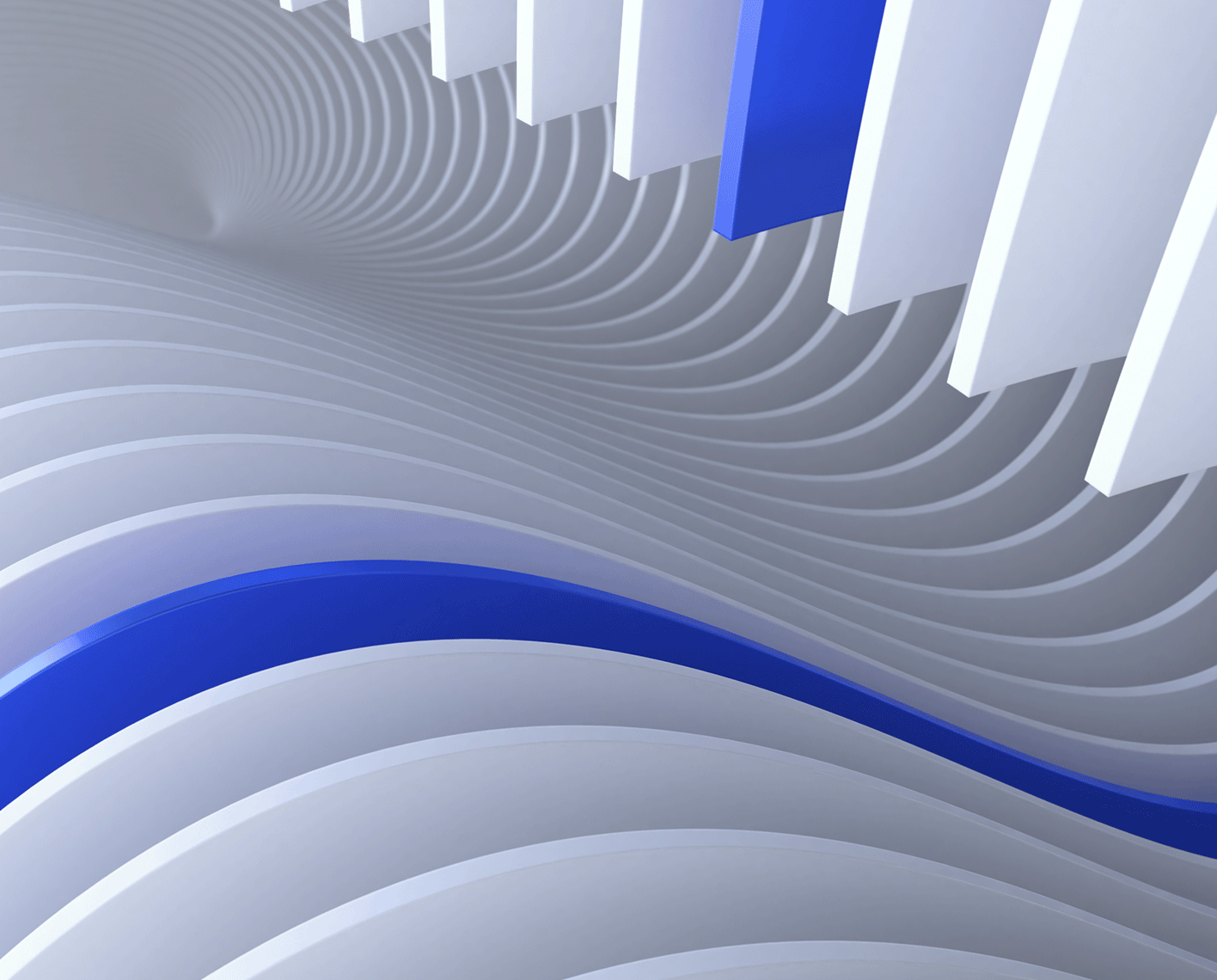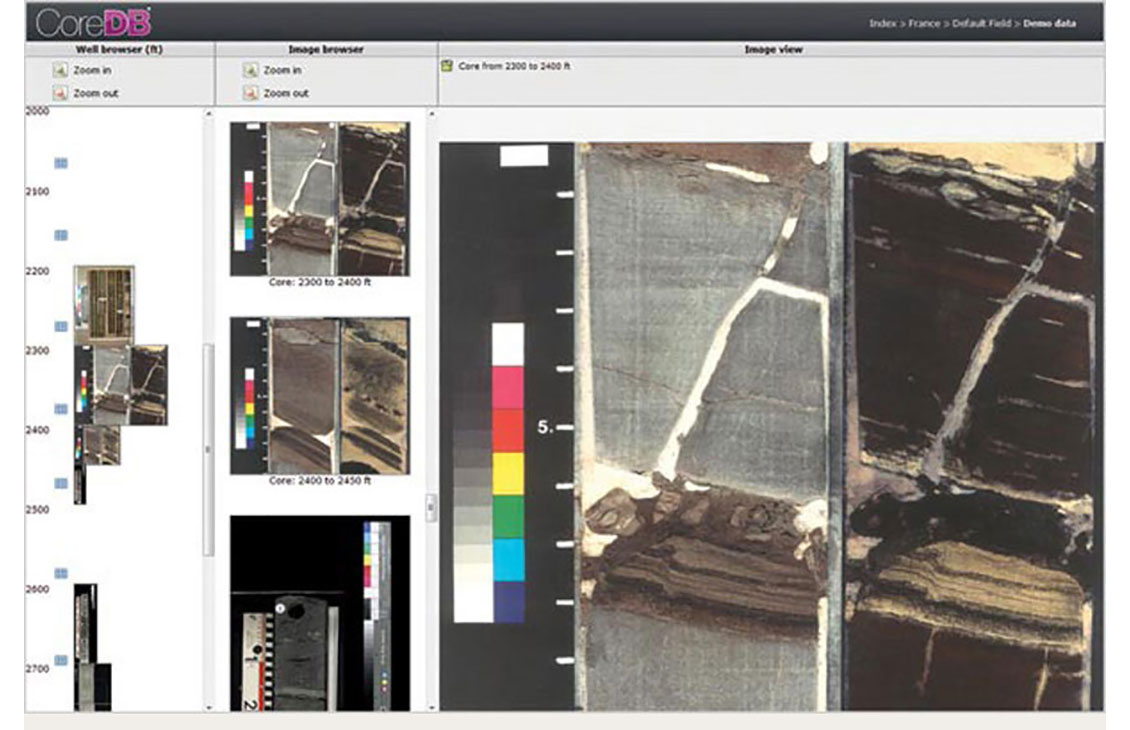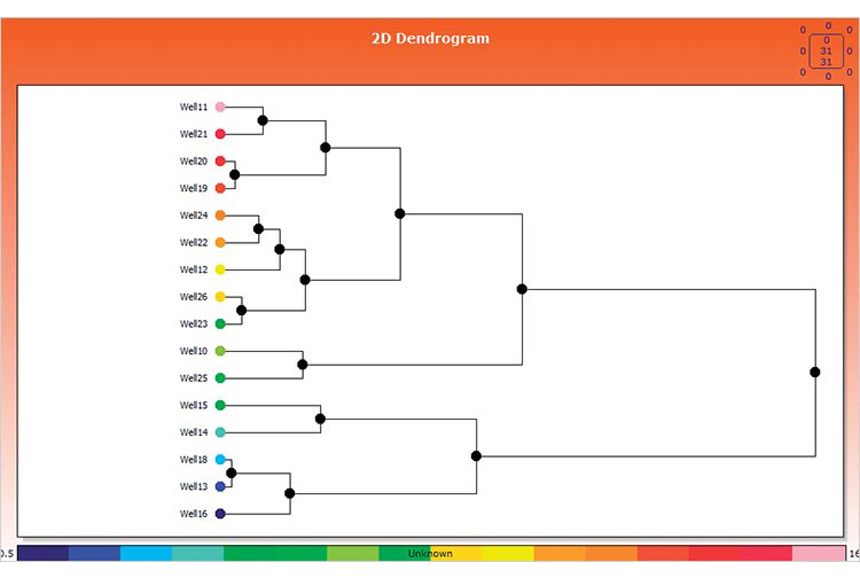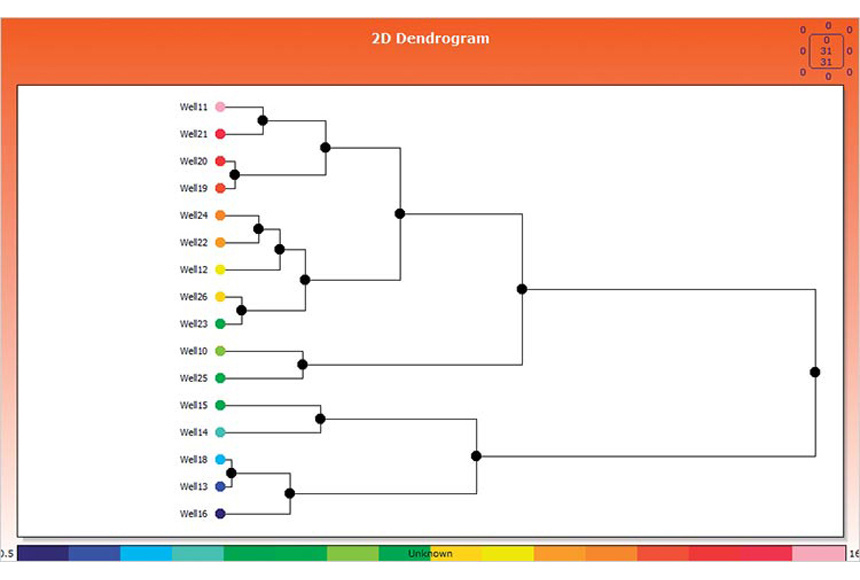Techlog TechStat
Comprehensive exploratory data analysis. Enables you to review your data to find similarities between wells, to group wells and align data responses using Gaussian analysis. Visualization tools aid with the analysis of results e.g. Decision trees etc.

Hierarchical clustering
The Techstat module within the Techlog wellbore software platform allows you to comprehensively review your well data.
- Find similarities between wells.
- Group wells together.
- Align data responses using sophisticated Gaussian analysis, group-by-group among wells.
- Display results in a dendrogram.
Decision Tree
When inputs comprise mixed or incomplete variables (qualitative and quantitative), powerful classifiers can be used. Inputs can be ranked by their information gain, while deduced rules help you understand the input data.
Regressions
The Teschstat module enables a variety of regressions:
- Linear (RMA, Major Axis, x/y, and y/x), nonlinear, and polynomial algorithms are available.
- Regression and other fit lines and functions may be created and conditioned on filters, zonation, well-by-well, or multiwall.
- Fit lines may be calculated for user-defined subsets of data using the data selection tools and the interactivity between viewers.
- Regressions can be freely calculated or forced through a fixed point on a plot.
- User-defined equations can be input graphically or by keyboard entry.

Factor analysis
- Principal component analysis (PCA)—summarizes data, separating the dominating features in the dataset.
- Linear discriminant analysis (LDA)—determines the best projection space to discriminate between two or more naturally occurring groups and clarifies subsequent cluster analysis.
- Multiple correspondence analysis (MCA)—compares qualitative variables that may either be of similar type (observed versus predicted curves) or dissimilar type (geology versus petrophysics).

NExT Techlog training courses
NExT offers a comprehensive training program to support users of the SLB software, plugins, and other software products.
In this section
-

Techlog BASE
The Techlog BASE is the foundation of the whole suite upon which the rest of the modules meet in a tightly integrated environment to deliver all of the elements.The Techlog BASE is the foundation of the whole suite upon which the rest of the modules meet in a tightly integrated environment to deliver all of the elements.
-

Techlog Core DB
Easily catalog all core results and experimental conditions in a robust database with a highly interactive and customizable interfaceEasily catalog all core results and experimental conditions in a robust database with a highly interactive and customizable interface.
-

Techlog Python
Python is a popular, open-source scripting language incorporated within TechlogGo further with full extensibility and openness.
-

Techlog Real Time
Get your data on time—real-time visualization and interpretation of streaming data from the wellsiteGet your data on time—real-time visualization and interpretation of streaming data from the wellsite
-

Techlog TechData-Plus
The foundation of the whole suite upon which the rest of the modules meet in a tightly integrated environment to deliver resultsThe foundation of the whole suite upon which the rest of the modules meet in a tightly integrated environment to deliver results.
-

Techlog TechStat
Enables you to review your data to find similarities between wells, to group wells, and align data responses using Gaussian analysisComprehensive exploratory data analysis.
-

Techlog Viewer
A simplified, lightweight user interface for data analysis and specific workflowsA simplified, lightweight user interface for data analysis and specific workflows.



